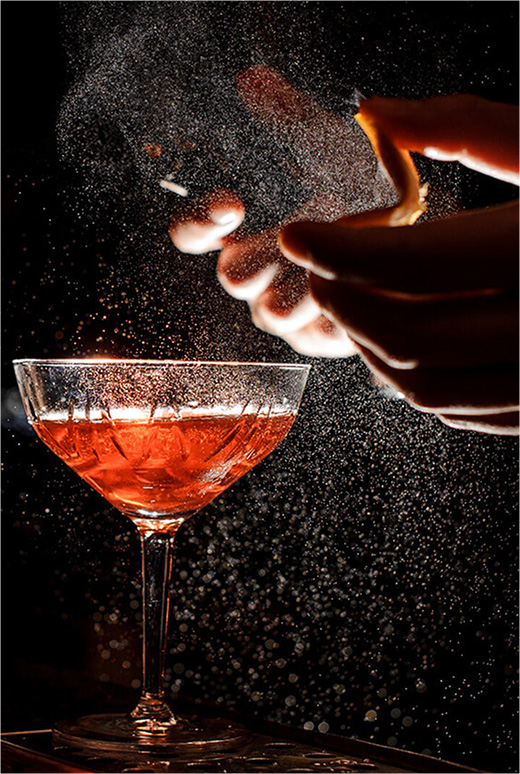Creating a Luxury Gin Requires More Than Distilling Grain Alcohol With Juniper Berries
Distillation depends on the relative boiling points of liquids in a mixture, but the subtleties of creating a luxury gin involve far more than mere physics. Winemaking is an ancient art, first practised in Georgia in around 6000 BC. However, the earliest attempt to employ some form of still to produce beverages with a markedly higher alcohol content was far more recent, occurring during the early middle ages. Later, during the 17th century, the production and sale of distilled spirits became subject to government control, also providing a convenient source of revenue that has persisted to the present day.
Since those early days, the still has undergone a marked transformation. The first large-scale continuous stills were introduced in the early 19th century and were destined to kickstart the growth of a multi-billion-dollar global industry. However, mass production is only one essential aspect of a business that has become highly competitive. It is the unique skills of the artisans who create the many iconic blends and infusions that distinguish a luxurious beverage from one that is merely very good.
What is the Secret of Crafting a Luxury Gin?
It would no doubt surprise most people to learn that vodka is the starting point when making gin. The former is a naturally bland spirit which may be produced by the fermentation of grain, corn, potato and similar sources, each of which will impart a distinct core flavour to the end product. The three main ingredients of most gins are juniper berries, angelical and coriander.
In practice, however, there is virtually no limit to the range of possible additional ingredients to augment the core flavour. These include roots, nuts, herbs, berries and flowers. When these botanicals are introduced into the gin, either singly or in various combinations, the result is a unique flavour profile. One can see a striking example of the seemingly endless variants of this popular spirit in the Netherlands and Belgium. It is known as ‘genever’ or ‘jenever’ in these countries, and more than one thousand distilleries are devoted to its production.
Water Quality is Crucial to the Production of Luxury Gin
A reputable distillery would not attempt to produce a high-quality alcoholic beverage by steeping its ingredients in tap water containing added chlorine and fluorine or the calcium and magnesium compounds responsible for hardness. Instead, a distiller might employ reverse osmosis to filter out the unwanted dissolved solids.
In keeping with our chosen name, the Rainfall Distillery harvests water from the winter rain that falls in the Southern Forest region of Western Australia, imbuing our artisanal gins with the scent of the surrounding earth and air.

Infusions with Locally-Grown Botanicals
We offer five unique products created as follows:
A potato and rainwater distillate infused with eleven botanicals, including green peppercorns, star anise, juniper and mandarin.
Gin infused with cherries from the Southern Forest.
A spirit reflecting the traditional Christmas flavours of citrus peel, cinnamon, nutmeg, vanilla, star anise and a hint of port.
An infusion of Pinot Noir, adding subtle notes of spices and strawberries.
An infusion of bark-smoked, barrel-aged port.
If you wish to purchase any of these masterfully crafted luxury gin products from the Rainfall Distillery, we invite you to visit our online shop.